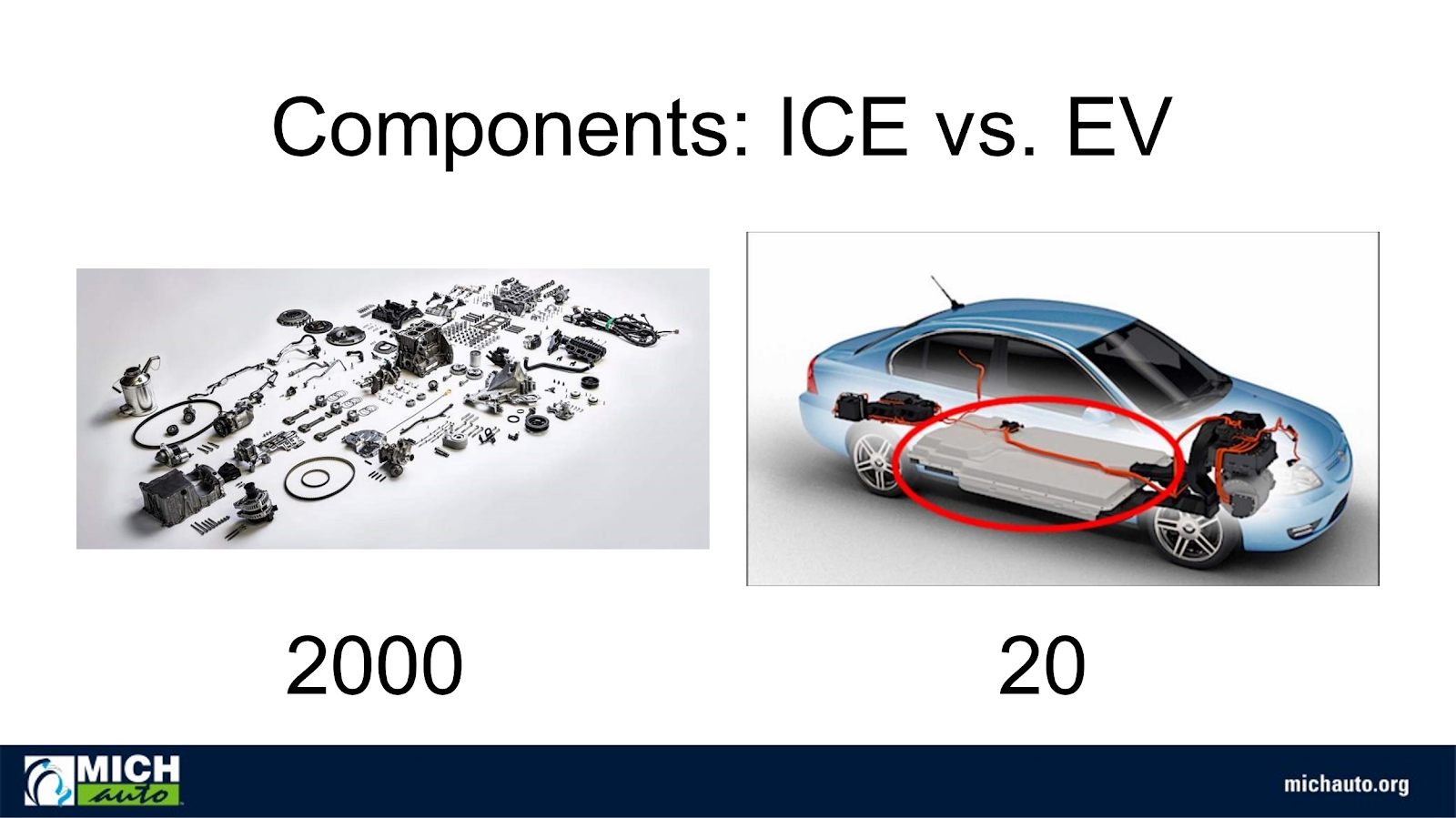Is It Curtains For The Japanese Cars such as Nissan and Mitsubishi ?
The recent news of the merger of Nissan and Honda is a landmark in the car industry. We may be looking at the sunset of two large companies and they may go where Leyland, and many Brit car companies have gone, into the cemetary of cars.
Right now, the car landscape is being altered with the full fledged introduction of electric vehicles (EVs) and the Chinese know what their customers want.
Yes, whilst a few customers want good track behaviour and value some road handling capabilities, the majority of users want an affordable automobile and something that is packed with features that are no longer considered optional or a bonus. The old concept where Jap makers turn to Thailand to produce cars for Asia that are a couple of generations old, devoid of modern features and look a decade out of date out of the gate is no longer acceptable to the buying public.
Whether they want an EV is actually secondary. The Chinese cars give them most of what they want, features, instant torque and very exciting shapes, all at a very decent price. Those who aspired to premium conti brands now have to question themselves as to whether that badge is worth it the actual road experience and spec sheet fall short of what the Chinese can offer.
Gone are the days where a Chinese car meant awful quality, and you have to get a conti for the best build or quality. Instead the conti cars have been shown to lack that highest level of reliability and cost more to maintain.
The Japanese are at a crossroad and could react in time, but the Jap company mentality is built on risk averse behaviour, and a reliance on the tried and tested. Reliability is still valued and they still hold the upper hand especially brands like Toyota and even Honda. But if these companies continue to rely on this without the right innovation, in design, feature, and also present cars with all of these plus a good suite of features, then they risk going the way of the dodo.
Right now, their hybrid cars still hold sway and in countries where the EV network is still weak, their ICE cars still provide the mainstay of the market. But make no mistake, if they continue to stick their heads in the sand, and let the old senior staff dictate the pace of innovation, the writing is on the wall.
There is a window for them to catch up and leverage on their reputation. For me, the allure of reliability still holds sway, especially as I get old, the frills don't matters so much. A touch screen is less desirable than good old buttons and I wonder how many of these EV companies will be left standing in five years, and what happens when their updates stop, or spares become difficult to find if the companies fold.
However, the conti EVs are not any more desirable, if their premium price tag does not translate into real world quality, reliability and spares continue to cost so much more.
So the Jap companies can come in, use their reputation of selling cars that work, and couple it with a series of good working EV or even hybrid models carry the right mix of features at the right price tag. Then even the workshops in Singapore will breath a sigh of relief as they are also next in line if there is nothing to repair or service, or if they cannot keep up with the service requirements that require a laptop more than a wrench.
So are the Jap car companies on their death bed, well talk of their demise is still premature, but make no mistake, one wrong move and it's sayonara to Honda and Nissan.






Comments
Post a Comment